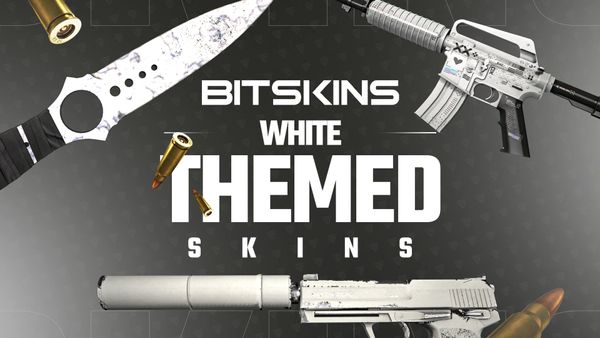Counter-Strike has been a beloved video game since its inception in 2000. One of the key features of the game is the ability to customize the appearance of in-game weapons and gear. This has led to the creation of a skin trading industry, with players buying and selling virtual items worth real money. In this blog post, we will explore the evolution of cs2 skin gaming from its early days to its current state as a multi-million dollar industry.
In the early days of CS2, skins were simply a way to personalize your gear. The skins were basic, often with only a single color and simple designs. As the game gained popularity, however, players began to demand more intricate and unique skins. This led to the rise of skin creators and designers who began to create more complex skins that could be sold or traded for real money. These skins were limited in number, making them even more valuable and sought after.
As the skin trading industry grew, so did the value of rare skins. The most sought after skins were those that were no longer available, either because they were limited edition or because they had been discontinued. Some skins became so valuable that they were worth more than the weapons themselves. This led to a thriving market for skin trading websites where players could trade skins with each other.
The value of CS2 skins has continued to rise over the years, with some skins selling for thousands of dollars. One of the main factors driving this growth is the rise of esports and competitive gaming. Skins have become a way for players to show off their support for their favorite teams or players. This has led to the creation of rare and limited edition skins that can only be obtained by attending esports events or through other exclusive means.

In addition to official skins, there are also many unofficial skins created by third-party designers. These skins are often more detailed and intricate than official skins, but they are not recognized by the game developers. Some players prefer these skins because they are more unique, while others choose to stick with official skins because they have a guaranteed level of quality.
Conclusion:
The evolution of CS2 skin gaming has been a fascinating phenomenon to watch. What started as a simple way to personalize in-game gear has turned into a multi-million dollar industry with rare skins selling for thousands of dollars. Today, skins are not just a way to show off personal style, but also a way to show support for esports teams and players. Whether you prefer official or unofficial skins, there is no denying the impact that skin trading has had on CS2 and the gaming industry as a whole.
